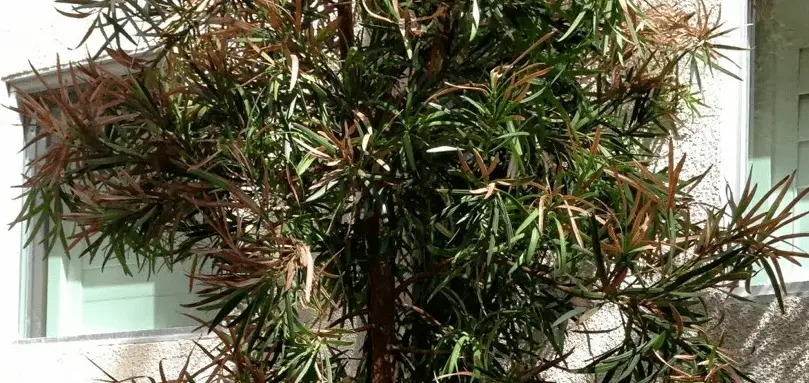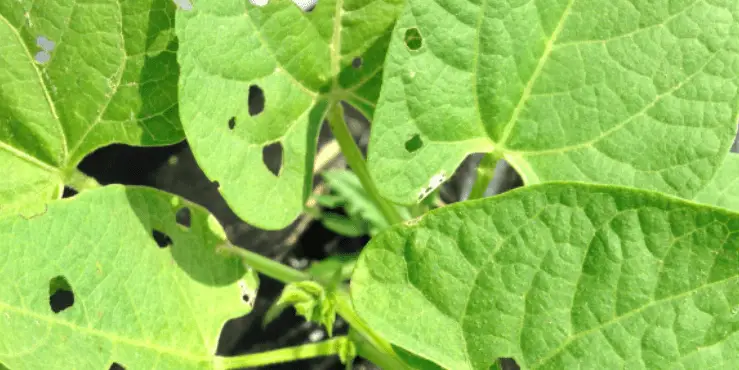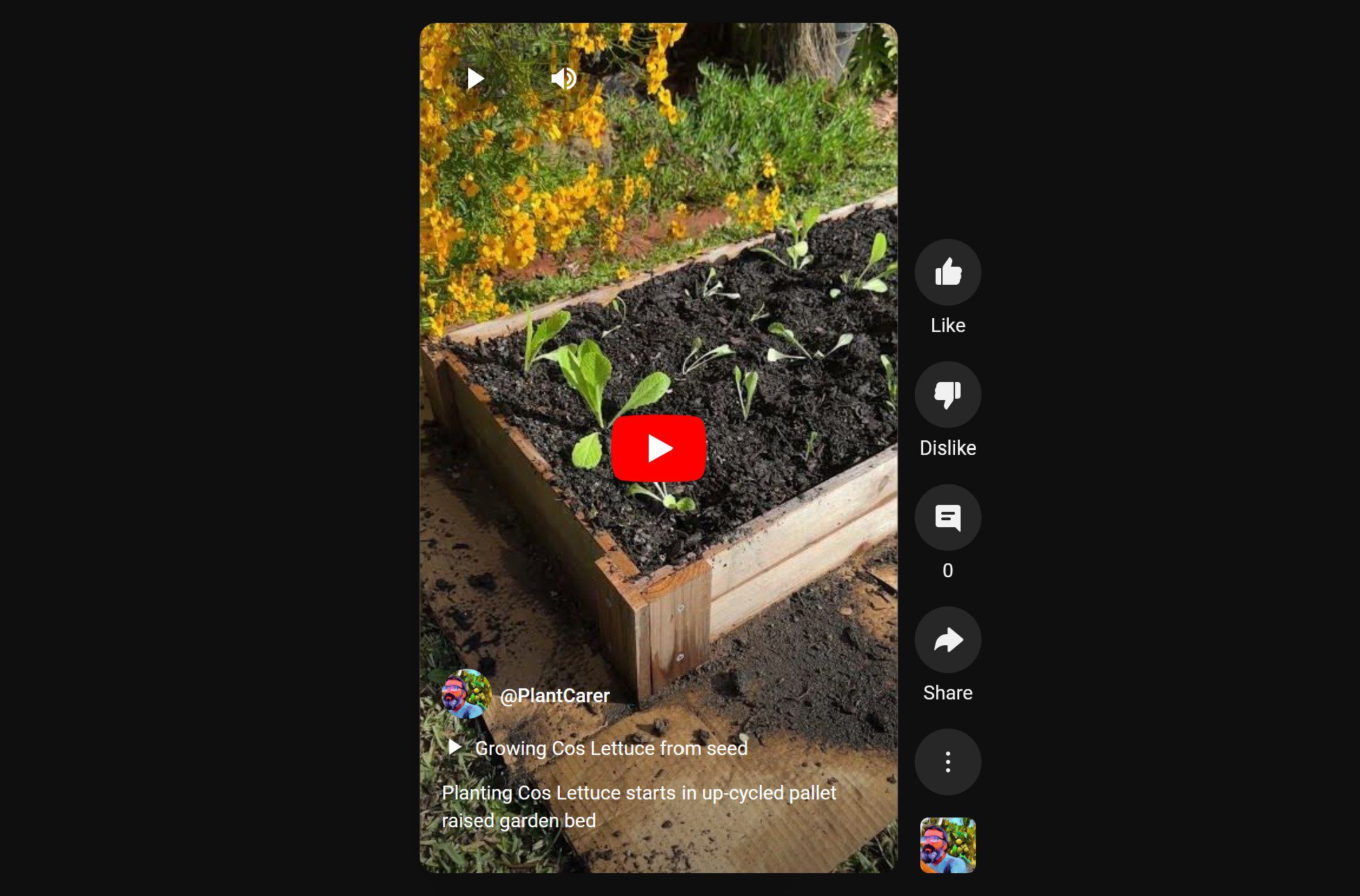If you are the proud owner of a Sunshine Ligustrum, you will want to make sure that you water it properly. This can be a bit tricky, as these plants do not like wet feet. In this blog post, we will discuss the best way to water your Sunshine Ligustrum so that it stays healthy and happy!
How to Water Sunshine Ligustrum?
Sunshine Ligustrum should be watered often to get established, but after that, it is a drought-tolerant plant that does not require a lot of water.
The best way to water your Sunshine Ligustrum is to use a soaker hose or drip irrigation system. This will help to keep the roots of the plant moist without drowning them.
If you cannot use a soaker hose or drip irrigation system, you can water your Sunshine Ligustrum by hand. Be sure to water the base of the plant and not the leaves.
You can test the soil by sticking your finger in it. If the soil is dry, it is time to water your Sunshine Ligustrum. However, if the soil is still moist, you can wait a bit longer before watering again.
Can I Give Tap Water to My Sunshine Ligustrum?
You can, but tap water contains chlorine and other chemicals that can be harmful to your Sunshine Ligustrum. It is best to use filtered or distilled water for your plant.
If you only have the option of using tap water, then leave it out in a dish for 24 hours before watering your Sunshine Ligustrum with it. This will give the chemicals time to evaporate out of the water.
Can I Use Cold Water on My Sunshine Ligustrum?
Coldwater isn’t going to seriously hurt your Sunshine Ligustrum, but it can stress the plant. It’s best to use water that is room temperature or slightly warmer to prevent any shock to the system.
Can I Use Warm Water on My Sunshine Ligustrum?
Yes, you can use warm water on your Sunshine Ligustrum. In fact, some gardeners believe that it’s best to use water that is slightly warmer than room temperature. This will help the plant absorb nutrients more efficiently.
Can I Use Distilled Water on My Sunshine Ligustrum?
Yes, you can use distilled water on your Sunshine Ligustrum. This is actually the best type of water to use, as it does not contain any chemicals that could potentially harm your plant.
However, distilled water is free from some helpful minerals that plants need, so you may want to consider using filtered water instead.
What Happens if I Overwater My Sunshine Ligustrum?
Overwatering any plant is not good, but it can be especially damaging to a Sunshine Ligustrum. These plants do not like wet feet, so too much water can cause the roots to rot. This will lead to a sickly plant that is more susceptible to pests and disease.
If you think you have overwatered your Sunshine Ligustrum, stop watering it for a while and let the soil dry out. It’s important to only add more water when the soil has completely dried out.
Signs That Your Sunshine Ligustrum Is Overwatered
- Wet leaves that hang
- Moldy soil
- Rotten roots
- Discolored leaves
What Happens if I Underwater My Sunshine Ligustrum?
Underwatering your Sunshine Ligustrum can stress the plant and cause the leaves to turn yellow. The plant may also drop its leaves if it is not getting enough water.
If you think you have underwater your Sunshine Ligustrum, start watering it more frequently and add enough so that the soil is fully saturated. Adding mulch is also a good idea, as it will help the soil retain moisture.
Signs That Your Sunshine Ligustrum Is Underwatered
- Dry leaves
- Dark or translucent leaf edges
- Hard, dry soil
- Leaf drop
Conclusion
In conclusion, it is important to water your Sunshine Ligustrum correctly. Water it often when first planting, then less frequently once it is established. Be sure to use filtered or distilled water to prevent any chemicals from harming your plant. And finally, don’t forget to add mulch to help the soil retain moisture!
Tim is an avid gardener from the UK. He was the founder of PlantCarer.com from 2021 to Sep 2023. He sold PlantCarer.com to Aaron. He has since started his own business called Seed To Supper, which provides new gardeners all the materials you need in a box (pots, seeds, compost and instructions) to grow your own delicious and nutritious vegetables and herbs from start to finish – no garden required.









0 Comments